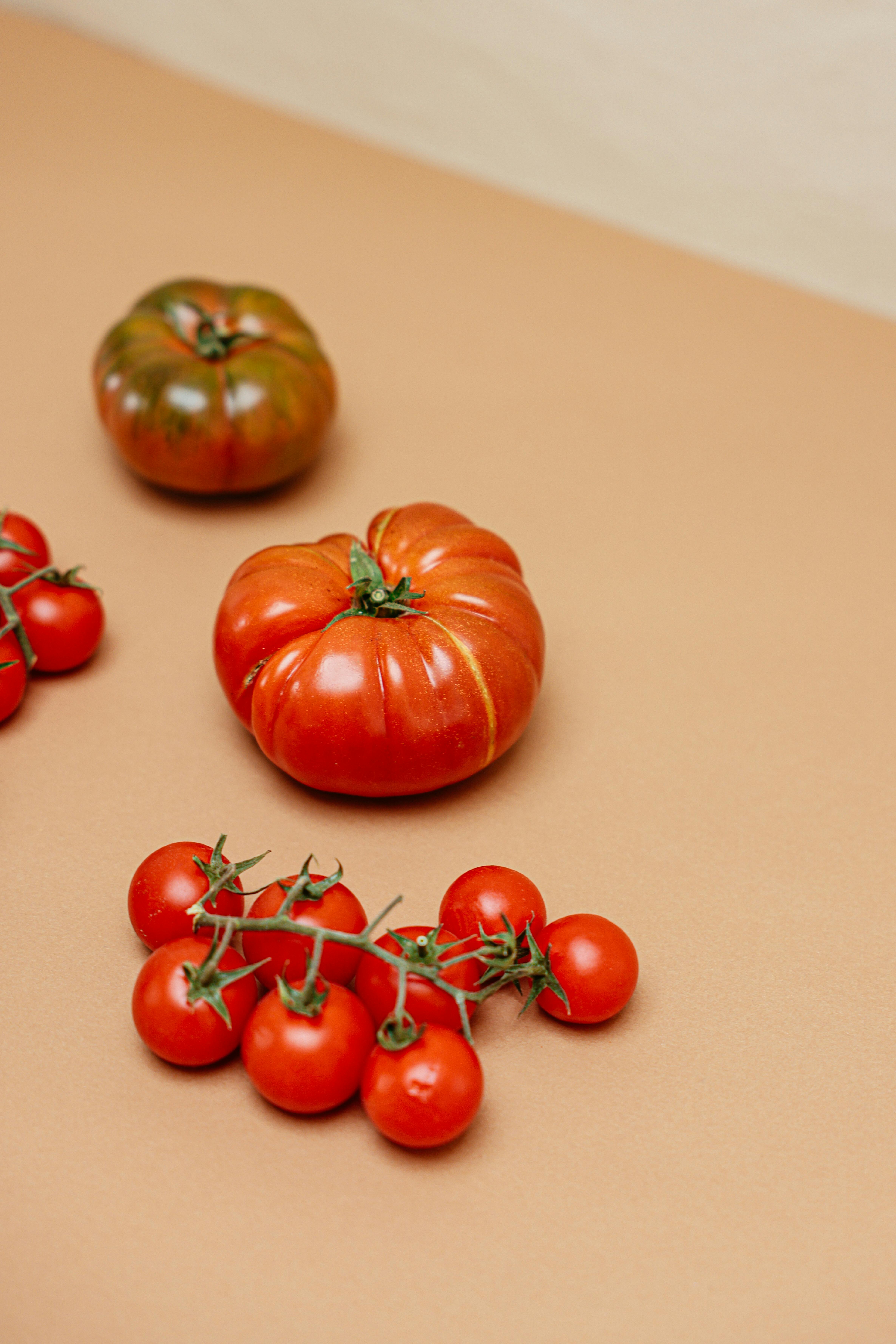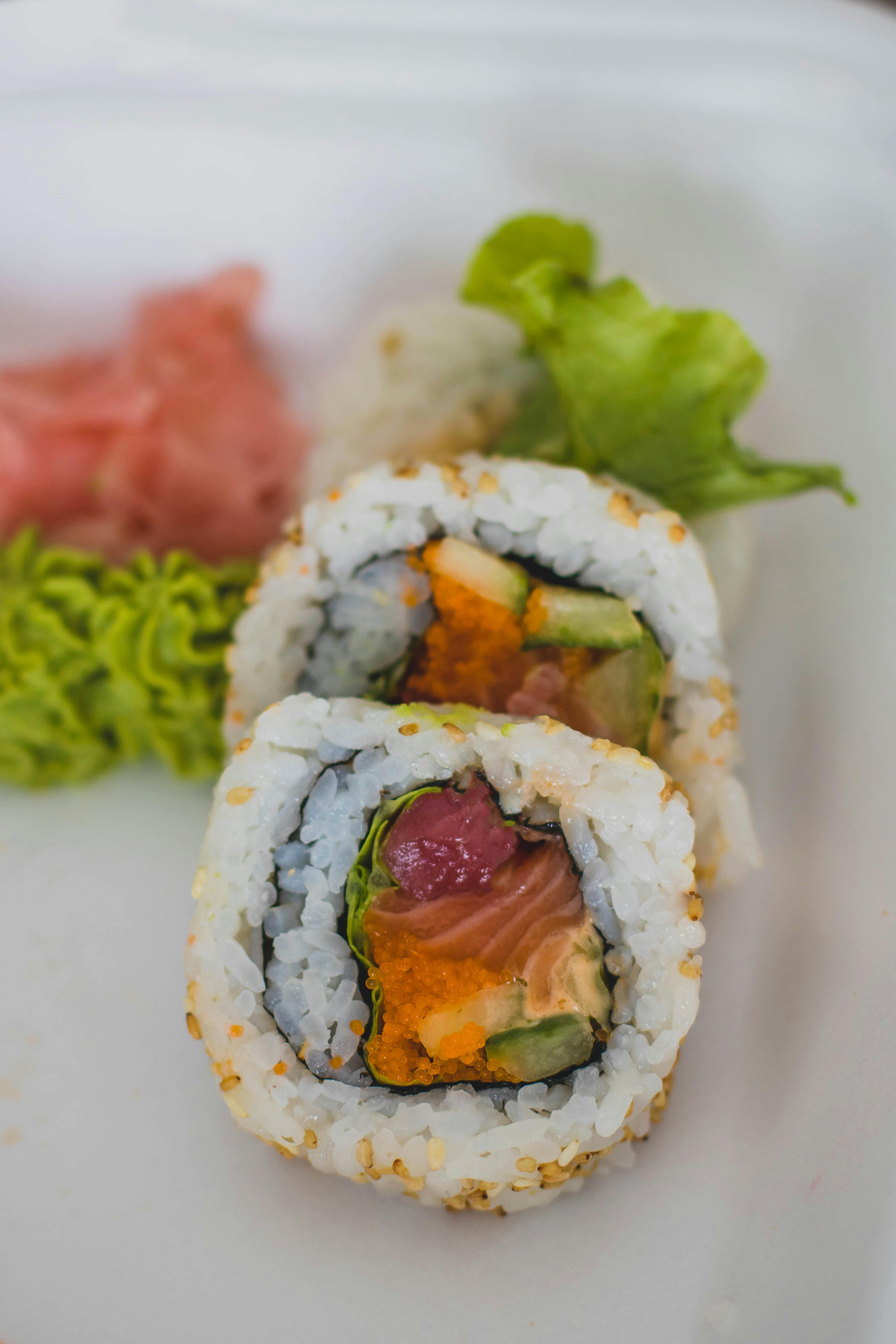Apply Now
Effective Ways to Optimize 50-Gram Portions
Understanding the Importance of Weight Measurement in Cooking
When it comes to the culinary arts, precision is paramount. Recipes require exact measurements to ensure consistency and flavor retention. This significance amplifies when you consider 50-gram portions. Understanding how to effectively measure 50 grams can transform your cooking practices, ensuring that every dish meets your dietary needs and nutritional guidelines.
Using a kitchen scale can simplify this process. Unlike measuring cups and spoons, a scale offers a greater degree of precision, determining exact weights for various cooking ingredients. By familiarizing yourself with these tools, you cultivate culinary accuracy, enhancing your food preparation and cooking techniques.
Additionally, knowledge of ingredient conversion—like grams to ounces—can influence the outcome of your dishes significantly. For instance, using an accurate weight when scaling recipes guarantees that you adhere to desired ingredient ratios and achieve optimal results.
Selecting the Right Cooking Measurement Tools
The right kitchen utensils are vital for measuring weight in grams accurately. A quality kitchen scale stands out as a must-have tool in every culinary setup. When selecting a kitchen scale, consider its sensitivity and ease of use. Some scales allow for tare functions, which let you subtract the weight of a bowl or container. This capability is essential for achieving precise measurements, particularly when preparing multiple ingredients at a time.
Moreover, investing in measuring spoons can complement your scale use, especially for smaller quantities. Understanding the different cooking measurement tools allows for streamlined food preparation, ultimately enhancing cooking efficiency.
Practical Baking Tips for 50-Gram Portions
Baking requires an extra level of accuracy due to the chemical reactions involved in cooking methods. Therefore, adopting effective baking measurements while ensuring 50-gram portions can significantly impact the texture and taste of your baked goods. For example, if a recipe calls for 50 grams of flour, using a scale ensures you don’t dilute your batter or dough with incorrect ratios.
Additionally, utilizing digital scales aids in maintaining food consistency. Regular scale calibration can prevent discrepancies in measurements, promoting reliable recipe scaling. If you're following a nutrition-driven lifestyle, keeping track of ingredient weight becomes essential for nutritional analysis, ensuring you meet your specific dietary requirements.
Understanding Ingredient Conversion and Serving Size
Mastering Grams to Ounces Conversion
The ability to convert grams to ounces effectively is crucial for various culinary applications. For instance, if your recipe references ingredient measurements in ounces, converting 50 grams to ounces, which equals approximately 1.76 ounces, can help streamline cooking processes.
Utilizing an ingredient weight guide or conversion chart can transform your cooking practices immensely. It's not just about getting the numbers right; embracing these cooking conversions embodies an overall understanding of culinary measurements and their implications on dish quality.
Exploring Food Portion and Scale Calibration
Accuracy in portion control starts with a well-calibrated scale. New kitchen scales may require calibration to ensure precise reading. Calibrate your scale according to the manufacturer's directions to guarantee reliable measurements. This is especially important when measuring foods with different densities and weights, as fluctuations can affect the overall recipe.
Understanding food portion sizes is crucial for dietary planning and health tracking. By mastering these techniques, you can create meals that suit your lifestyle while adhering to nutritional facts. It’s advisable to maintain a food diary, noting down weights and portion sizes, which aids in tracking your meals effectively.
Implementing Effective Meal Planning Techniques
Meal planning becomes increasingly efficient when you utilize 50-gram portions to control serving sizes. Consider preparing multiple recipes that utilize the same ingredient weights, simplifying your weight tracking process. This approach not only promotes culinary efficiency but enables better calorie counting and nutrient density awareness.
Proactively utilizing ingredient specificity and portion awareness while meal prepping contributes to a health-conscious cooking routine. Preparing individual servings in advance can ease stress during busy weeks while ensuring you maintain your dietary goals and balance.
Best Practices for Accurate Recipes and Food Quality Assessment
Enhancing Recipe Accuracy through Culinary Education
Culinary education encompasses a broad understanding of ingredient characteristics and conversions, ultimately leading to accurate cooking practices. Familiarizing yourself with the weight management guidelines and the implications of measurement discrepancies will significantly enhance the quality of your meals.
Engaging in cooking courses can broaden your understanding of ingredient identification and weight-related queries. As you learn how to measure cooking ingredients effectively in 50-gram portions, you empower yourself to create culinary masterpieces that reflect your personal style and dietary requirements.
Utilizing Food Storage Techniques for Freshness
Proper food storage techniques play a crucial role in maintaining ingredient quality. After measuring out your 50-gram portions, utilize appropriate storage methods to keep your food fresh for longer periods. Labeling containers with measurement details ensures you can track your portion sizes even after they are stored.
Understanding food safety standards is a critical aspect of culinary practices. Adhering to recommended storage guidelines helps minimize waste and promotes healthful eating across various levels of food preparation.
Kitchen Hacks for Streamlined Cooking Processes
Incorporating kitchen hacks into your routines can optimize your cooking experience significantly. For instance, using pre-measured containers can expedite meal prep. Additionally, learning about cooking techniques that aid in reducing cook times can improve your overall efficiency.
Being organized with ingredient weight and having clear portions visualized can simplify recipe adjustments. Whether you're adjusting to new dietary strategies or simply maintaining an effective meal prep system, these kitchen hacks can help position you for success.

Trends in Cooking Measurement and Food Portion Control
Exploring Food Science and Culinary Communication
Understanding cooking terminology and food classification is vital in today’s culinary world. Food science promotes the exploration of nutrient density and cooking conversions, making it easier to engage with nutrition-related discussions. By staying informed on food industry standards, you can optimize your recipes accurately.
Emphasizing clear kitchen vocabulary during food preparation can boost your confidence in discussions with chefs or fellow cooks, ensuring that your meal context understanding is always on point.
Adapting Nutrition Labels for Cooking Practices
Learning how to interpret nutrition labels effectively can guide your culinary practices. By keeping an eye on serving sizes and their weight in grams, you can better manage your dietary needs. This understanding empowers you to align your cooking strategies with your health goals, facilitating improved culinary accuracy.
Utilizing food interaction language can also enhance your ability to assess and modify recipes or ingredient weights to fit your health considerations. By analyzing ingredient messaging, you can make informed decisions that align with your nutritional goals.

Implementing Portion Control for Health Tracking
Effective portion control reflects a growing awareness of health-conscious cooking. Monitoring your food and weight can aid in developing strategies for weight management while ensuring that you meet personal nutritional needs. By incorporating portion sizes visualization into your cooking routine, you become more mindful of your contributions.
Practicing cooking efficiency strategies such as using 50-gram portions allows you to create balanced meals that honor your diet. Supporting these practical approaches with ongoing education emphasizes consistent improvements in your culinary craft.
Kitchen Guidelines for Cooking Accuracy and Success
Mastering Cooking Techniques for Ingredient Weight
Developing mastery in cooking techniques begins with understanding the importance of accurate ingredient weight. Familiarization with kitchen guidelines can enhance your cooking practices, promoting science-based meal prep. By exploring various cooking methods, you can optimize your recipes and ensure you align with current nutritional analysis.
Cooking for health doesn’t just include following recipes; it’s about making conscious decisions around ingredient ratios and portion control. Accurately weighing and measuring plays a pivotal role in setting the foundation for healthy, nutritious meals.
Finding Success through Culinary Accuracy Training
Participating in culinary accuracy training focuses on understanding how minute changes in weight can lead to significant variations in flavor and texture. By exploring healthful eating principles, you can refine your recipes, leading to enhanced food quality assessment and consumer satisfaction.
By applying the principles learned throughout this article, you can elevate your culinary skills, providing better meals that serve your health and dietary strategies effectively. Incorporating 50-gram measurements into your cooking practices paves the way for continuous improvement and a deeper appreciation of the culinary arts.
Its part of generated content. Can i generate another part?


